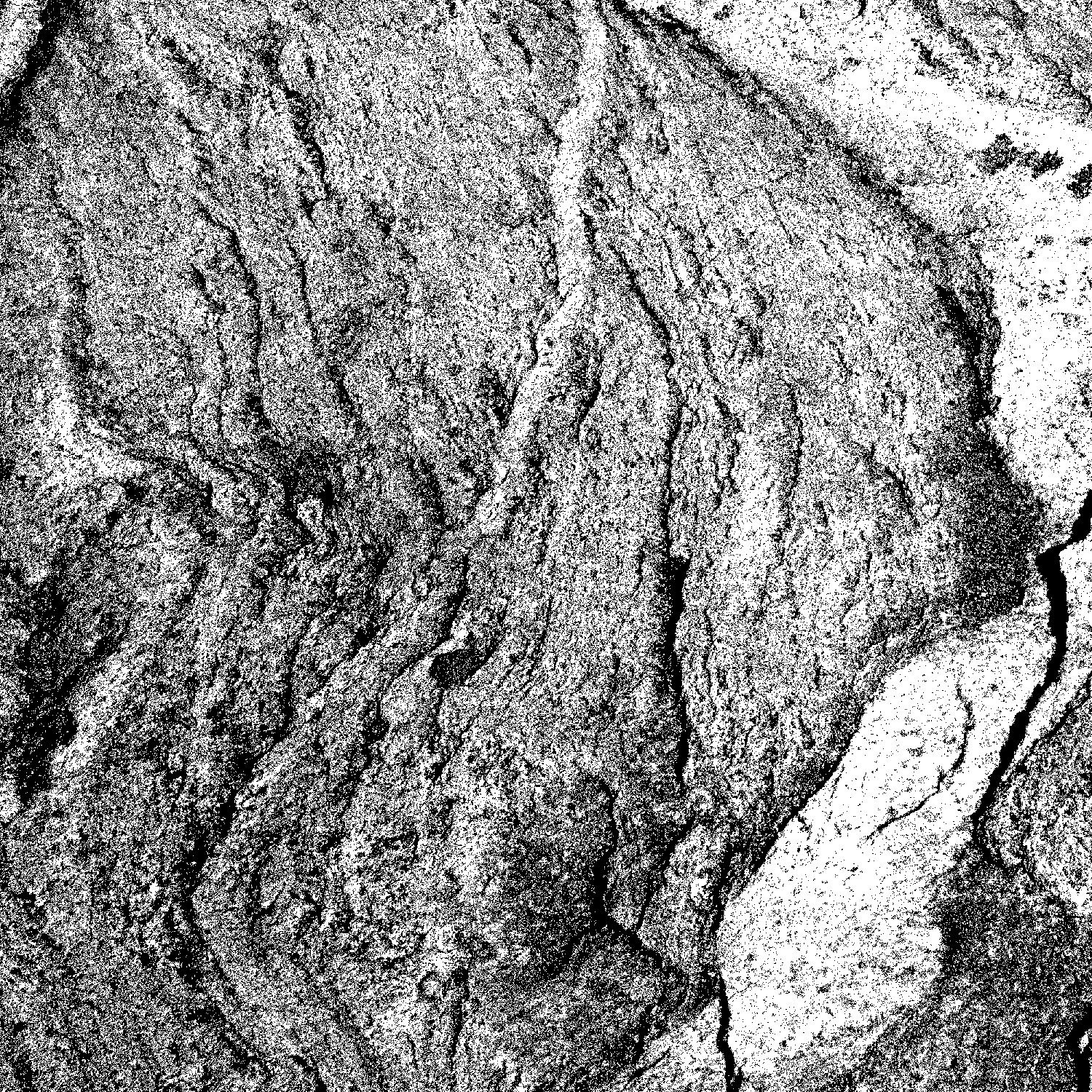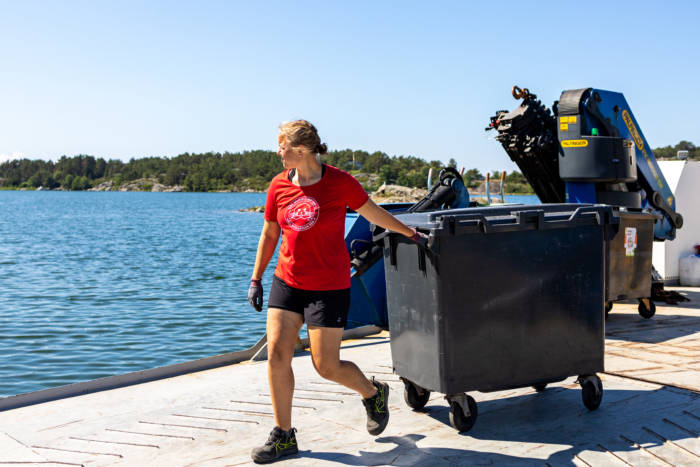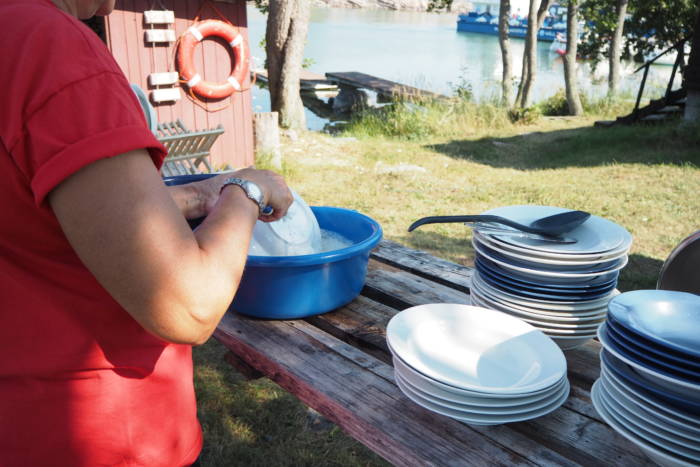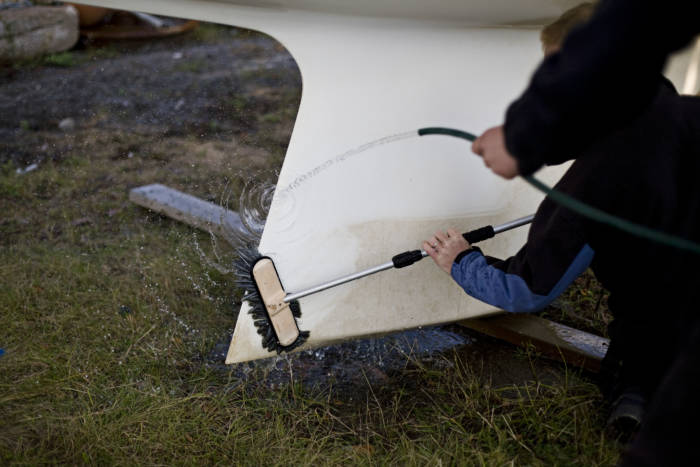What threatens our waters?
Littering, eutrophication and chemicalisation are three issues that cause problems to our waterways.
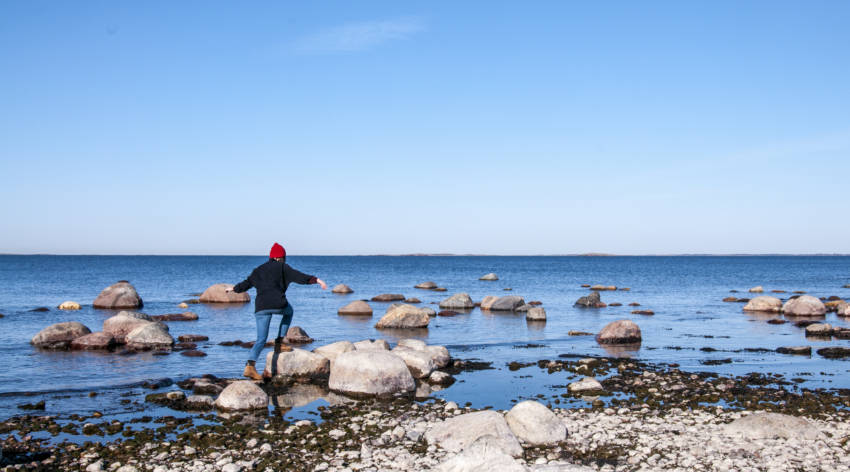
Littering
Litter in the waterways is a growing problem worldwide and in Finland as well. According to studies, up to 80% of the litter in our waterways originates from the land and is transported to our seas and lakes along with, for example, river waters.
The majority of the litter is comprised of plastics, which is problematic because of its inability to decompose and the harmful compounds it contains. Animals can also become entangled in plastics or eat them. Not all litter can, however, be seen with the naked eye. Any plastic litter that is under 5 mm in size is referred to as microplastics. It is extremely difficult to remove these microplastics from water, and it is often the same size as the natural food of small organisms, so it easily is ingested by them and travels on up through the food chain.
Litter belongs in the bin
Everyone can do their part to reduce the amount of litter by ensuring that litter is always disposed of properly in waste bins. Efforts should also be made to reduce the amount of waste you generate in the first place. Already at the shop, you can select products that have a minimal amount of packaging. If possible, foods should be stored in durable and washable containers to avoid taking any unnecessary waste with you on your outings.
Waste sorting is also easy at sea. Glass and metal waste can be collected in a plastic bag, for example, and then emptied easily in the appropriate recycling bins provided in most harbours. Hazardous waste, such as batteries, oily waste, paints and solvents must be disposed of in designated bins for hazardous waste. It is also important to ensure that none of these items leak into the environment during storage or transport.
Eutrophication
Eutrophication is one of the biggest problems in the Baltic Sea as well as a concern for Finland’s lakes. Eutrophication refers to a process where water bodies receive excess nutrients that stimulate excessive plant growth. Eutrophication causes, among other things, the cloudiness of water, overgrown shallows and shorelines, abundant algal blooms, oxygen deficiency and changes in the fish stock and other organisms. Poisonous blue-green algal scum is, perhaps, the most visible sign of eutrophication.
The release of sewage into waterways has been prohibited by law in Finland since 2005. The sewage from boaters causes a concentrated load, particularly in harbours and shallow bays. Urine contains abundant nitrogen and phosphorus, and the nutrients it contains are already in a form that can be easily absorbed by plants. Excrement contains less nutrients, but it can spread bacteria, which are health hazards, especially in shallow waters during the warm months of summer.
Everyone can do their part to help control eutrophication
The most important contribution is to prevent nutrients from entering our waterways.
Empty your black water properly. If your boat has a marine toilet, it must also be equipped with a septic tank and pumpout system. The waste is deposited and stored in a septic tank aboard the boat to be emptied at a later point using a septic pump. Instead of a marine toilet, a boat may be equipped with a chemical toilet or composting dry toilet. These can be emptied in the proper collection stations on land.
The Keep the Archipelago Tidy Association maintains pumpout stations marked with the Rubbish Seal logo. From the stations, the contents of septic tanks will be properly removed for further processing. A list of the station locations can be found on the Association website.
You can slow the rate at which your boat’s toilet fills by using the dry toilets located at Rubbish Seal service stations maintained by the Keep the Archipelago Tidy Association.
Greywaters advance eutrophication
Greywater that has been used for cleaning, dishwashing or bathing advances eutrophication. Such water should be collected in its own container or septic tank until it can be disposed of properly. It is not always necessary to use cleansing or scouring agents for cleaning purposes. Many types of dirt can be removed simply by using water and a microfiber cloth or sponge. If you need to use a washing agent, choose a phosphate-free detergent and avoid using an excessive amount.
Dishes should be washed on land and the dishwater should be poured on the ground to ensure that the nutrients are
filtered by layers of earth rather than directly entering the water. The surfactants in dishwashing agents generally break down rapidly in nature, but they are poisonous to marine life. It’s also wise to consider the environment during personal washing. Shampoos and soaps cannot be rinsed off in a lake or the sea.
Chemicalisation
Chemicals that are introduced to the waterways can cause many types of problems for the environment. They affect the hormone functioning of organisms and weaken their ability to reproduce as well as causing different types of developmental disorders. They also pass easily on through the food chain. Many times it takes a long time for the harmful effects to show up.
Antifouling paints prevent the attachment of barnacles in a harmful way
Barnacles and other organisms that attach to the boat bottom are a nuisance, because biological growth reduces the boat’s speed and increases its fuel consumption. Once attached, barnacles are also very difficult to remove.
One traditional solution is to prevent organisms from attaching to the boat bottom by using antifouling paints. The Archipelago Sea is particularly vulnerable to the harmful agents in antifouling paints since there are many shallow areas and the water often remains in the same place.
When the active ingredients of the antifouling paints dissolve in the water, they also do harm to organisms other than those that they were intended to repel. The level of the harmful effects is highest in the spring, when boats are being launched into the water with their newly painted bottoms. Spring is the optimal breeding time for most marine organisms, so the harmful agents will have an even higher impact during this season.
Environmental-friendly alternatives to antifouling paints
There are alternatives to antifouling paints that can help to prevent organisms from attaching to boat bottoms. Having your boat bottom washed is a cost-efficient and environmentally-friendly option, and a clean bottom also reduces the boat’s fuel consumption. Two or three washes per summer is enough to keep the bottom clean.
The bottom can be cleaned when the boat is in the water or lifted up at a boat washing facility. When in the water, the boat can be cleaned while swimming or using a brush washer that can remove the barnacles and other impurities efficiently without the use of washing agents. If the boat is lifted up from the water, the bottom can be cleaned manually or with a pressure washer.
There are also other environmentally-friendly ways to keep the boat bottom clean. Rubber hull-scraper wheels and floating brush mats are based on the principle of mechanical abrasion that removes attached organisms from the boat bottom. Specialised ultrasonic antifouling systems have also been developed for the purpose of expelling organisms.
Over the past few years, the sales and marketing of antifouling paint has been radically restricted in Finland. It is not necessary to paint the boat bottom every year, and painting only up to the water line may be sufficient in some areas. The use of antifouling paints is completely unnecessary in the Bay of Bothnia and inner waters.
